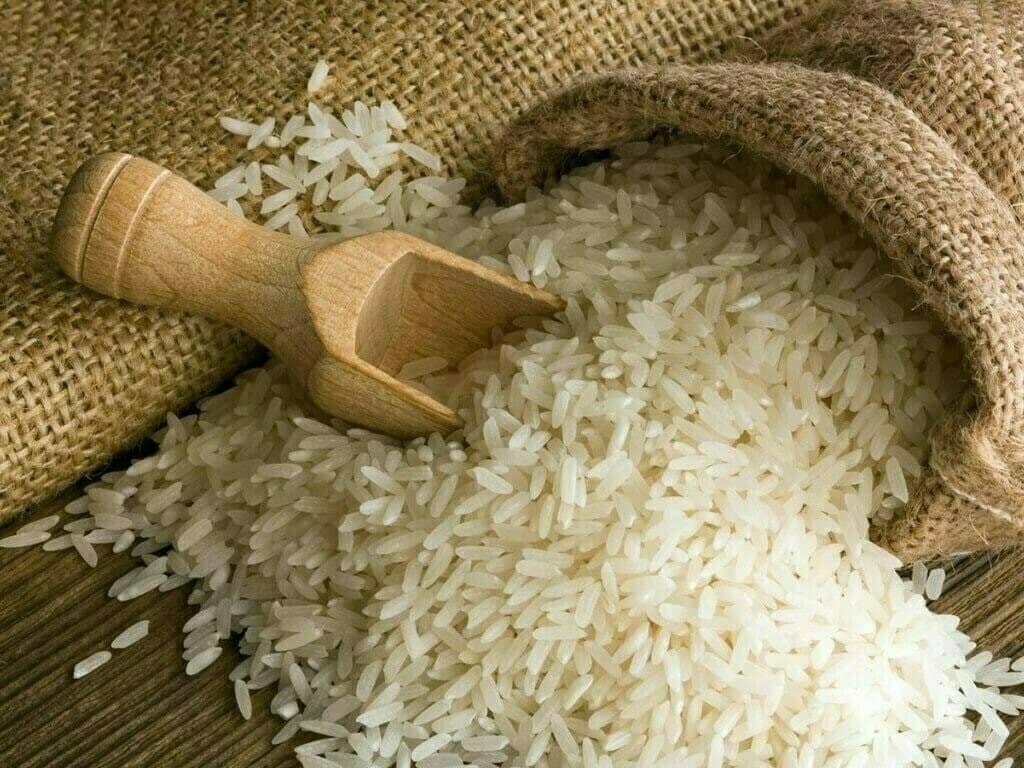Tags
Philippines: world’s largest rice importer again

Farmers work in a rice field in Bulacan on April 24, 2024. (AFP)
The Philippines is once again the world’s largest rice importer, projected to import 4.1 million metric tons (MMT) this year, surpassing last year’s import of 3.9 MMT. This projection, made by the United States Department of Agriculture (USDA), raises concerns and questions about the country’s rice supply and consumption practices, despite the Department of Agriculture’s (DA) claims that the impact of El Niño on rice production is minimal.
Is there a rice shortage?
Despite the ongoing El Niño phenomenon, the DA asserts that rice production remains strong. However, rice traders are purchasing unmilled rice, or palay, at prices up to P30 per kilogram, significantly higher than the National Food Authority (NFA) rates. This delay in NFA’s response to market conditions resulted in missed opportunities to stabilize prices earlier in the harvest season.
If the effects of El Niño are indeed minimal, why is there a need to import such a large quantity of rice? The discrepancy lies in the data used to calculate rice demand. The USDA’s figures are based on a per capita consumption rate of 151.3 kg, which should be recalibrated to a more realistic 119 kg per capita. Using the latter figure, the national rice demand would be around 13.09 MMT, rather than the inflated 16.643 MMT.
Current rice yield and deficit
Even accounting for El Niño, the DA reports that rice yields remain relatively unaffected, with a total yield of approximately 19.6 MMT of unmilled rice, equivalent to 12.543 MMT of milled rice. After accounting for seeds, feeds, and other uses, the actual deficit should be about 2.51 MMT, not the alarming figures suggested by the inflated consumption rate.
The fundamental purpose of rice importation is to ensure an adequate supply, avoiding scenarios where consumers face long lines and high prices. However, over-importation could discourage local farmers from planting more rice and striving for higher yields.
The NFA plays a crucial role here, as current legislation in Congress aims to repeal the Rice Tariffication Law, which effectively abolished the NFA’s role in price stabilization. The NFA should aim to maintain a 60-day buffer stock instead of the current 7 to 9 days and be allowed to import directly, ensuring that the nation’s food staple is not left in the hands of private traders whose primary goal is profit.
Addressing food prices
Current food prices are significantly lower than their true value, factoring in inflation and peso devaluation. For instance, the price of well-milled rice today is only about one-third of its inflation-corrected price from the 1970s, which should be around P150 per kilogram.
Several measures can be taken to improve both supply and demand sides of rice production and consumption:
Supply-side measures:
- Revive food-growing culture: Encouraging citizens to grow their own food can significantly bolster food security. This approach has been part of human civilization for thousands of years and should be revived.
- Small-scale food production: Aggregated small-scale food production can be substantial. Family farms and gardens can sustain food supply in the long run.
- Sustainable agriculture: Pursuing biodiverse, integrated, and organic-sustainable (BIOS) agriculture can provide a more reliable food source. Organic farming requires less energy and is more consistent with declining fossil fuel supplies.
Demand-side measures:
- Diversify food sources: Reducing reliance on rice by supplementing with other carbohydrate-rich crops like corn and sweet potatoes can help achieve self-sufficiency.
- Minimize food wastage: Consuming unpolished rice, which is more nutritious and yields higher milling recovery, can save significant amounts of rice.
- Rethink meat consumption: Adjusting meat consumption and utilizing livestock that do not compete directly with human food can make a substantial difference.
Conclusion
As the Philippines navigates its role as the world’s largest rice importer, it is essential to implement strategies that balance imports with local production and ensure food security. Sustainable practices and efficient use of resources can help mitigate the need for excessive imports and support the nation’s farmers. This multifaceted approach requires concerted efforts from the government, private sector, and the general populace. Encouraging local food production, adopting sustainable agricultural practices, and diversifying dietary habits are crucial steps toward achieving a stable and secure food supply.
Moreover, policy reforms and effective governance are needed to empower institutions like the NFA to play a more proactive role in stabilizing rice prices and maintaining adequate buffer stocks. Addressing issues such as corruption and ensuring transparency in rice trading and importation processes will also contribute to a more resilient rice sector.
Ultimately, achieving rice self-sufficiency and reducing dependence on imports will not only benefit the economy but also enhance the nation’s food sovereignty, ensuring that every Filipino has access to affordable and nutritious food. The journey towards a more sustainable and self-reliant rice industry is challenging but imperative for the future of the Philippines.
https://opinion.inquirer.net/173953/philippines-worlds-largest-rice-importer-againPublished Date: May 24, 2024







